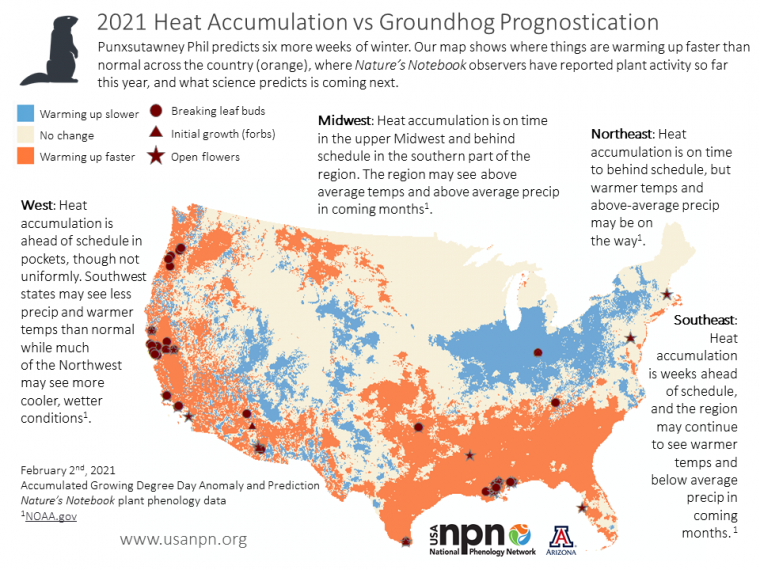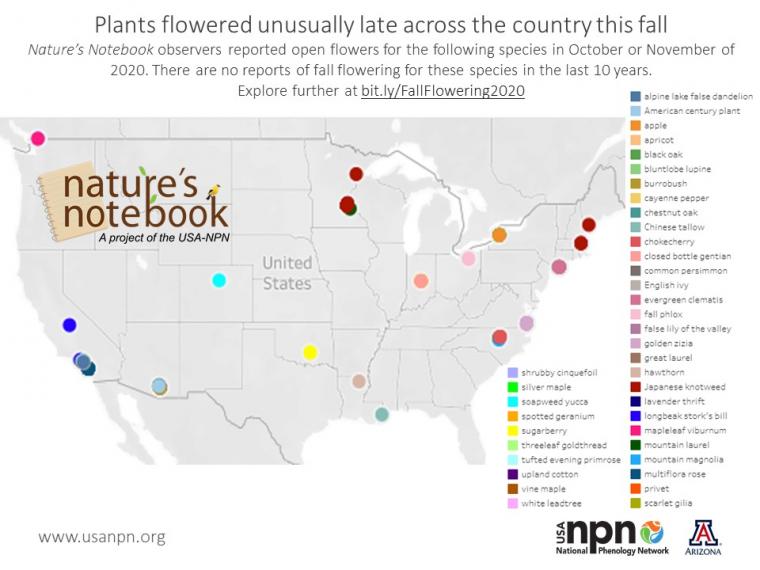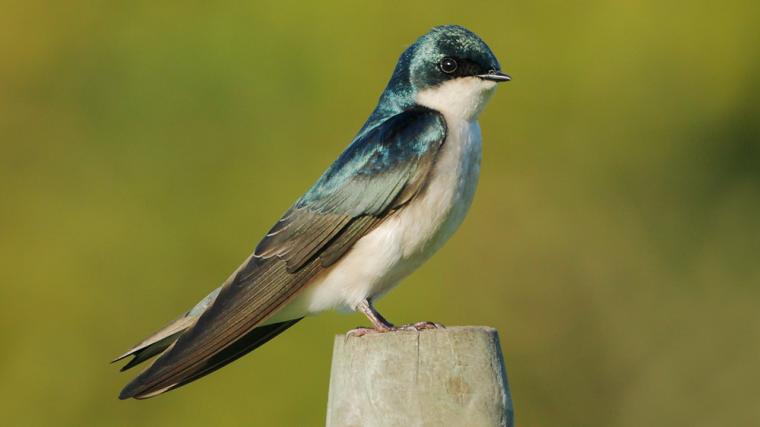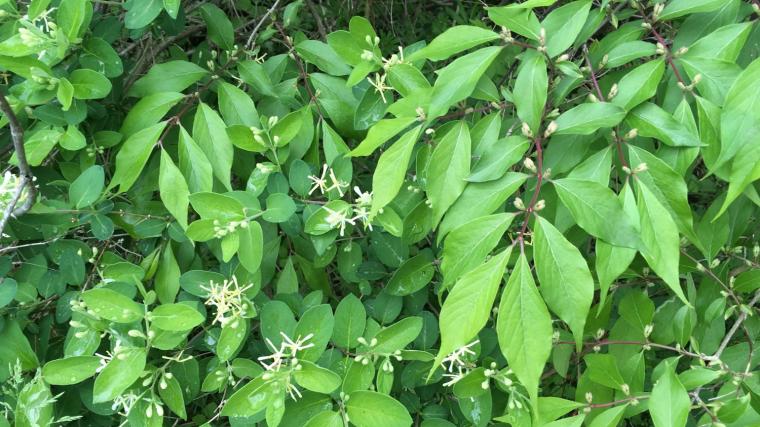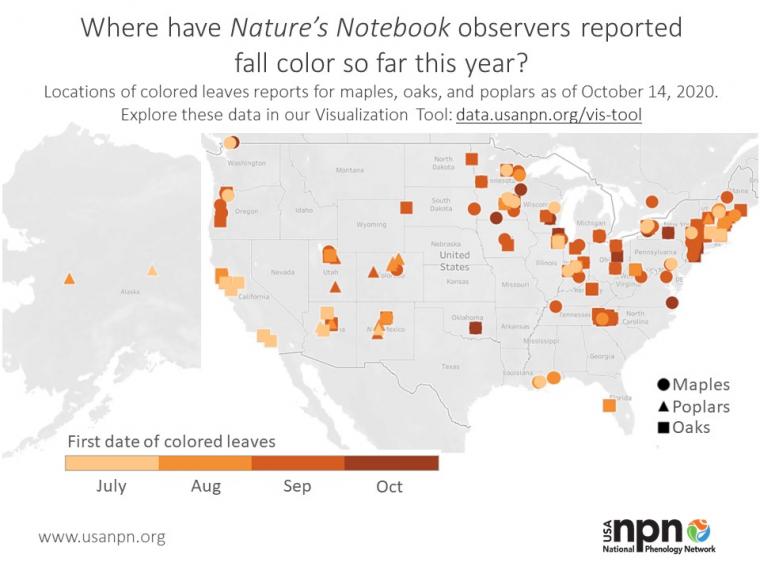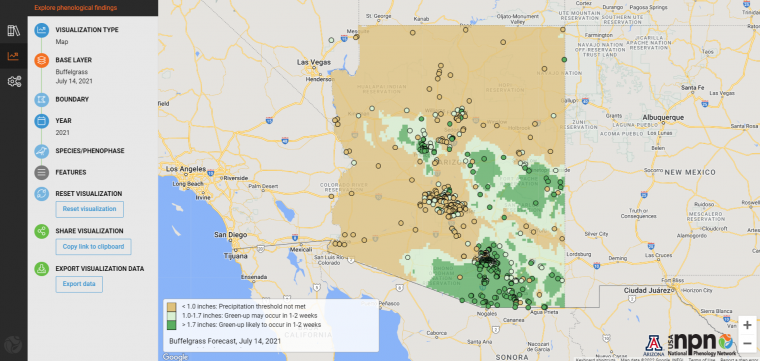
Additional rainfall data added to Buffelgrass Pheno Forecast
Each summer, we deliver a Buffelgrass Pheno Forecast to aid managers in knowing where and when invasive buffelgrass is green across Southern Arizona. The forecast is based on known precipitation thresholds for triggering green-up to a level where management actions are most effective. In 2021, we added weather station-based forecasts of buffelgrass green up to the gridded forecasts to provide managers with additional data about rainfall.



